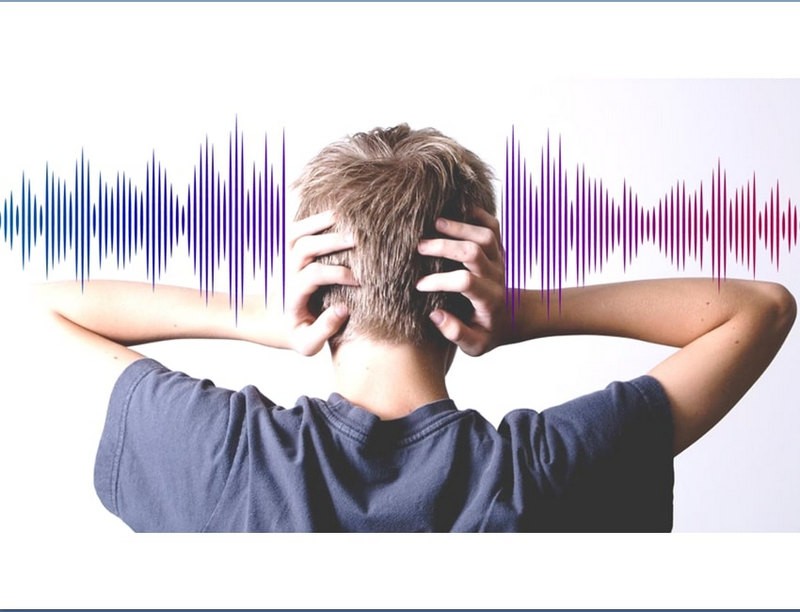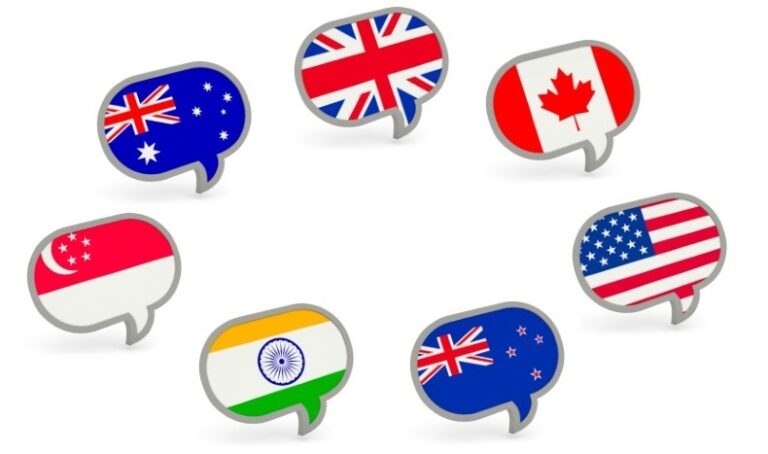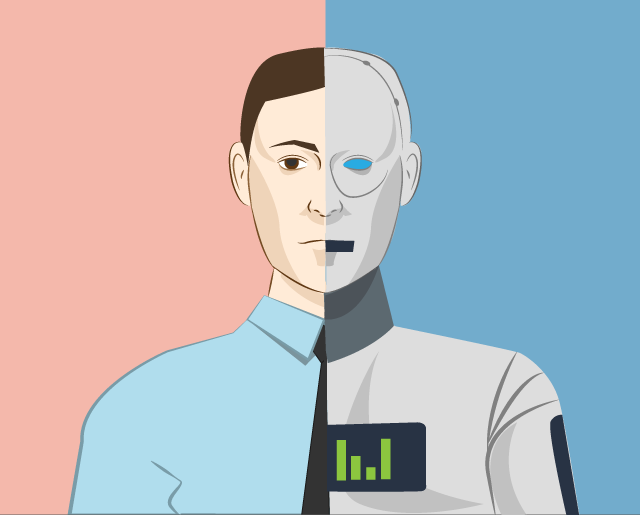6 Reasons NOT to Rely on Transcription Software Too Much
Artificial Intelligence (AI) speech recognition software is gaining more attention with the increasing popularity of Siri, Alexa, and Google Home systems. These programs are fantastic for answering the questions that suddenly pop into your head or preparing you for the day ahead.
Have you ever asked Siri or Alexa a question they didn’t understand what you said or even couldn’t answer your question? That’s because AI speech recognition software isn’t as accurate as the human ear.
Even with considerable advancements in speech recognition software, human transcribers still provide the most accurate transcription services available. Commercially available speech recognition software has an average error rate of 12% when transcribing conversational speeches over the telephone. For comparison, an average human transcriptionist has an error rate of only 4%.
If you need accurate and professional high-quality transcription services, save yourself time, money and stress by using our reliable, 99% quality guaranteed human transcription service with J Dee Media.
The most intelligent and most extensive artificial intelligence (AI) companies globally, including Google, IBM, and Microsoft, have been working for many years to improve automated speech-to-text transcription but have still only managed to achieve 88% accuracy at best. J Dee Media provides 99% accuracy by utilizing specialized and professional human transcriptionists.
In this post, we’ll be sharing some of the significant flaws with automated transcription software; and how our team at J Dee Media are doing their absolute best to overcome those challenges in an intuitive, efficient, and cost-effective way.
1.Background Noise
A quiet recording environment is required if you want to get the best out of transcription software. AI does not work effectively if there’s a lot of background noise. This can be a prominent issue if you record in an open environment or even in a busy office.The most significant advantage of human transcriptionists over automated transcription software is their natural ability to filter through background noise. Professional human transcribers have been transcribing for many years, helping them build the necessary skills to deliver excellent results. Automated transcription software has a difficult time handling any overlapping noise, resulting in inaccurate transcripts. All this achieves is nothing but wasting your time and money.


2. Accents
Another difficulty automated transcription software has are accents. When varying accents exist in the audio file, the software struggles to recognize and understand what it should be transcribing.Humans, however, are continually exposed to a wide variety of accents through media content and day to day life. This exposure paired with human transcriptionists’ natural ability to adapt undoubtedly give humans the upper hand when transcribing a video with strong, unusual or even varying accents.
A recent study conducted by Rachael Tatman from the University of Washington found that the Scottish accent was incorrectly transcribed a staggering 50% of the time among the five evaluated accents.
According to Claudia Llorenda, in her book titled ‘Scientific American’, she made an interesting comment. “Having to adapt our way of speaking to interact with speech recognition technologies is a familiar experience for people whose first language is not English or who do not have conventional American-sounding names. I have stopped using Siri because of it.”
Developers are aware of this significant flaw with transcription software, and they continue to search for ways to improve it. Nonetheless, the sheer number of worldwide accents create challenges for Artificial Intelligence. We must accept that it may take many years before speech recognition software can meet or exceed the accuracy rate of human transcription.
3.Limited Vocabulary
Almost all transcription software comes with out-of-the-box speech recognition systems trained in the general day-to-day language. It doesn’t include industry-specific, unique terms used in many individuals’ and businesses’ daily lives. For instance, business names, brands or fictional names will not be in the program’s vocabulary, and the AI will most likely mistranscribe them. Slang can also often present problems.4. Training
A severe disadvantage of transcription software is training them to recognize individual voices after purchasing them. They are typically progressive programs and learn on the job – making many mistakes along the way. They take time to improve and become more familiar with your voice. As they do so, you may end up spending a considerable amount of time editing or correcting the text. It may have just been easier doing it yourself!
5. Cost
Transcription software can cost you anywhere from $10 or as high as $50 per month. Depending on how much you’re transcribing, this may be an ineffective for your use. Using human transcriptionists has no recurring costs and is often backed by a quality guarantee. And just in case that wasn’t enough, you also don’t need to spend your precious time training or correcting the output.6. Accuracy
We have already briefly touched on the inaccuracies of AI transcription. Speech recognition is not close to meeting the accuracy standards required for transcripts, especially in the media, medical, legal, law, or financial industries. Working with an actual human is not only more accurate, but it’s stress-free, reliable and in some cases even more cost-effective.
Recent articles have recently evaluated whether the voice recognition software helped physicians become more productive. The Medical Group Management Association (MGMA) and American Medical Association (AMA) found that physicians were less effective when AI software was used. Medical conversations such as doctor-to-patient conversations are typically too complicated, and AI transcription could not understand the industry-specific words and phrases.
Legal depositions and law enforcement interviews are an example of where AI transcription fails to meet the expectations. What if law enforcement personnel are interviewing someone suspected of committing a serious crime. Is accuracy important when transcribing the interview? It certainly is!
When is automated transcription software beneficial?
Most companies and professionals will choose automated transcription software if a transcript is required immediately; they deal with a minimal budget and only need a rough draft. To produce the best results, we recommend that you use clear audio, with no background noise, limited accents and a maximum of one or two speakers.Who should use automated transcription software?
In our opinion, the people who would benefit the most from automated transcription software would be students or journalists who are required to make many notes. The notes don’t need to be too accurate because they’re mostly there to refer to them later to jog their memory.Why choose human transcription services over AI transcription software?
The simple answer is that human transcription provides a stress-free, cost-effective, efficient and accurate result that meets the industry standards.If you’re looking for a quick turnaround and are in urgent need of a draft transcription, then you may benefit more from AI transcription.
If you are looking for a professional and accurate result, that will do you proud. In that case, it’s human transcriptions every time!

How J Dee Media can help you?
Here at J Dee Media, we firmly believe that everyone should have access to high-quality content, and it is one of our goals to make that happen. We know that time is precious, and we applaud you for wanting to transcribe yourself, but sometimes there are not enough hours in the day, or you have more important things to do!
We’re a reliable company that offers a straightforward and transparent pricing system covered by our Satisfaction Guarantee. All of our transcriptionists are specialized in their chosen fields and ensure professional results.
